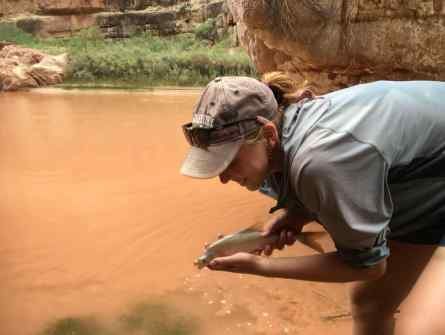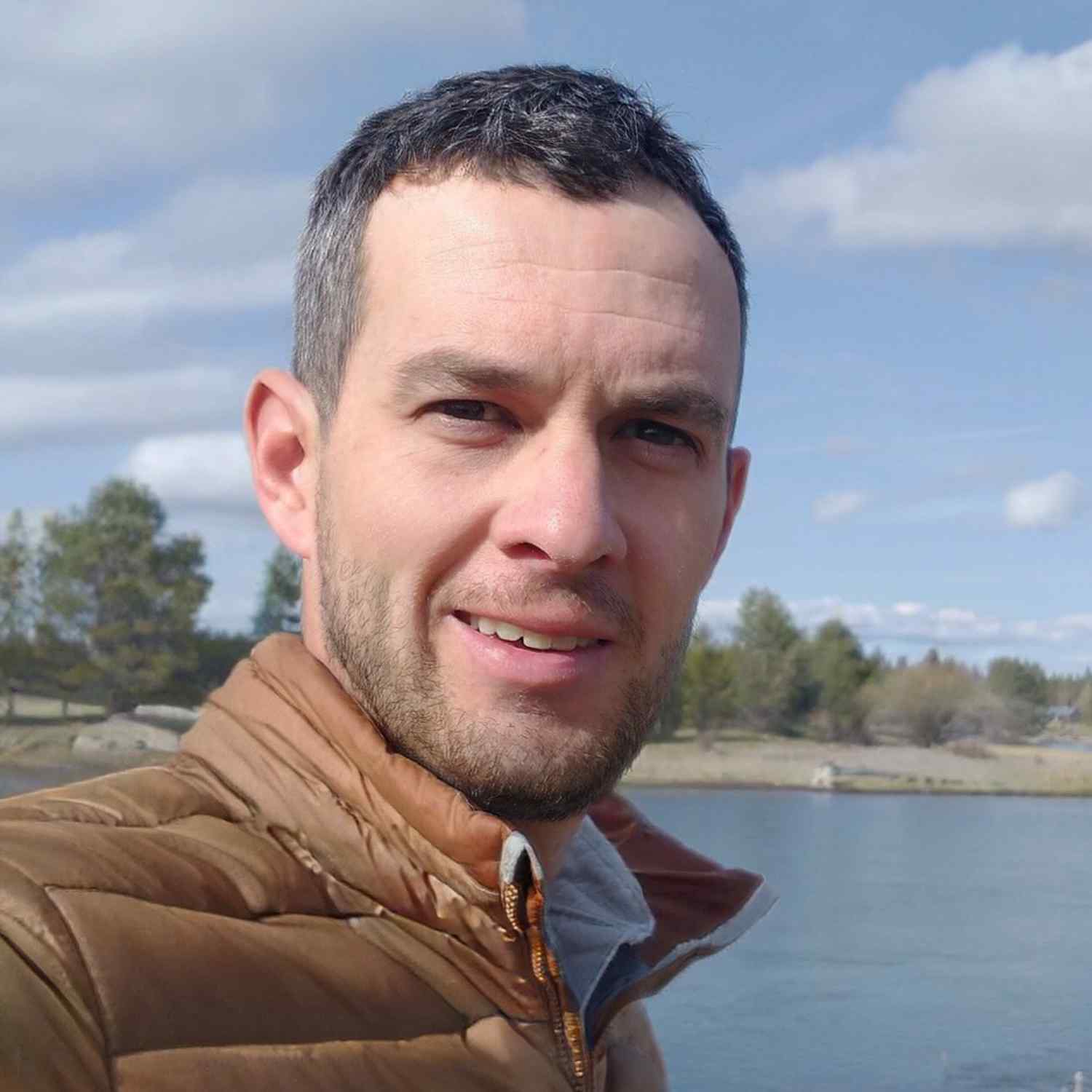Science Moab speaks with Professor Paul Rogers,
director of the Western Aspen Alliance
We talk with Paul Rogers, professor and director of the Western Aspen Alliance, about the threats to aspen today across the West and the Colorado Plateau. In the face of increasing drought and fire across the Colorado Plateau, this resilient tree finds itself most susceptible to the vast numbers of animals that forage on its young and nutritious shoots.

Science Moab: Let’s talk about what’s happening in the West today, specifically on the Colorado Plateau, where we’re experiencing more drought and more tendency towards fire. How is it affecting aspen forests?
Rogers: Generally speaking, fire is an advantage for aspen. We’ve come out of roughly a century that was very wet in the Intermountain West, based on tree ring records. So in a sense, any drought or change that comes out is going to look sort of drastic. Areas where aspen grows with conifers are susceptible to burning. We would expect aspen cover to increase with more fire in those areas. There are a lot of places across the Colorado Plateau where aspen grows in a purer form and it’s not fire-dependent at all, so it has a completely different ecology. It’s more of a slow and steady regrowth of aspen without that big catastrophic event. So different things are going on there, but if we anticipate more fire, we would expect to see an expansion and improvement in the resilience of aspen forests.
Science Moab: So what is threatening the aspen forests today?
Rogers: Number one in the West threatening aspen communities and health is herbivory from large ungulates.
Those are animals that have hooves, and some are domestic and some are wild. The problem is when you have those highly nutritious shoots coming up and the animals are eating every single one. If that goes on for a few decades, you have a skewed demography. You have what we call a gallery forest and these beautiful mature trees, but nothing is coming up underneath. No babies, no teenagers, no young adults. If that was a human population, that would be a pretty risky situation to be in. And that’s the condition of a lot of our aspen forests across the Colorado Plateau. We need to do a better job of managing those wild and domestic ungulates.
Another big new threat is a small, tiny invasive species called oystershell scale. It’s decimating some forests in Arizona, and it’s moving north and is now found in southern Utah.
It’s a very tiny thing that looks like a little oyster shell. You can get thousands of them on a tree and they cut off the circulation of the tree. This is brand new, within the last human generation, and so we’ve got to untangle these things and understand them better.
Science Moab: The Western Aspen Alliance is a joint venture between Utah State University, federal agencies, state agencies, and scientists. What types of restoration and/or conservation are you trying to do to help aspen forests?
Rogers: We don’t do advocacy per se, like a lot of conservation groups folks might be thinking of, but our main mission is education and outreach and facilitating science.
So, building science teams to take on certain issues: we do that in a wide variety of ways from small, brief, easy-to-read papers, to technical papers to webcasts.
We do a lot of professional workshops in the summer around all the western states and we facilitate those with regional experts. The recipients of that information are going to hopefully be from a diverse number of disciplines and agencies, tribal institutions, and as much diversity as we can get, so we can enliven and enrich the discussion.
Science Moab: Apart from their inherent beauty, of course, why is it important to conserve, preserve and restore aspen forests?
Rogers: When we think about living in tandem with our planet, we need to appreciate things for what they are. Just the simple aesthetic value is very important. I’ve been emphasizing the biodiversity of these systems.
What happens to aspens, either pro or con—a lot of other species are going to follow that trend. So biodiversity at a global scale is out front, and we’re recognizing that more and more in our ecosystems in the American West as well.
Aspen has economic advantages. We have biodiversity advantages, we have resource advantages. It’s also used for livestock forage.
What’s the value, you might say? To humans? I would say the aesthetics, the intrinsic value of these things existing, is right up there.



